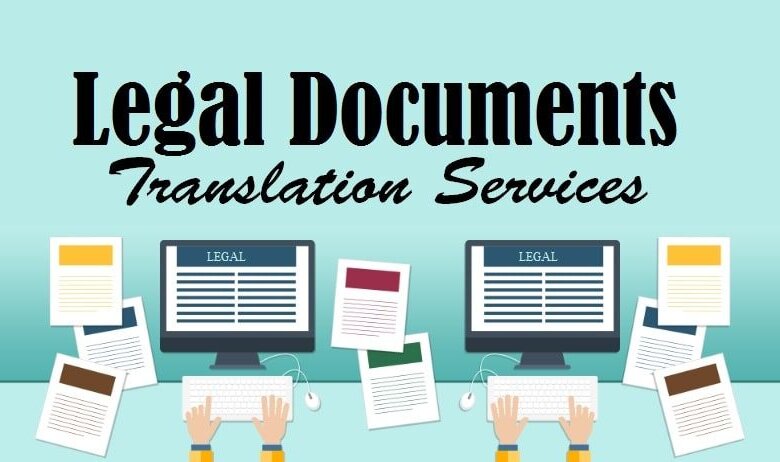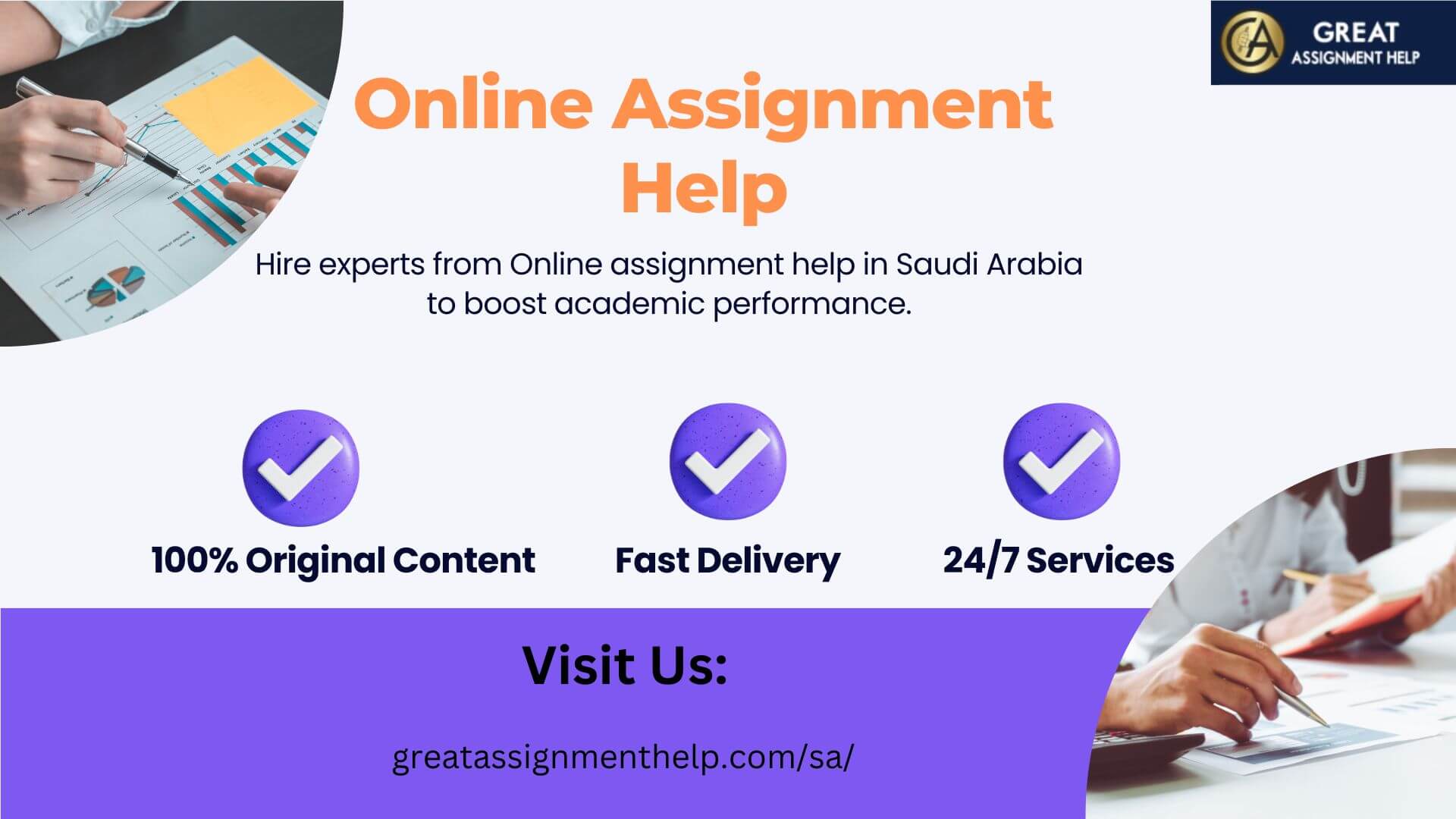Document Translation: Tips You Should Follow to Streamline Your eLearning Process

Knowledge is food for the soul. In today’s technologically advanced world, the demand for online education, or elearning, is skyrocketing. According to the Facts and Factors research, the worldwide online education market was worth $127 billion in 2022 and is expected to reach $475 billion in 2030. With a CAGR of 9.1%, eLearning is shaping the education landscape and workforce development on a global scale.
As of now, with the availability of accessibility, elearning transcending geographical boundaries brings in the need for elearning translation services. Effectively translated elearning content not only allows non-native speakers to gain access to a wealth of knowledge, but it also opens up new markets and potential for educational institutions.
In this article, we will discuss what elearning translation is, why you need it, and how you can elevate your learning process through translation.
What is eLearning Translation?
Elearning translation is the process of adapting your learning content to a new language and culture. This includes translating audio/video content and documents. This is not a simple word-to-word translation, so it should be done by certified document translation services.
They are professionals with subject matter expertise and a strong grip on both source and target languages. So, they make your content understandable and engaging for your audience which linguistically and culturally resonates with them.
Why Translate Your eLearning Documents in Multiple Languages?
Translating your elearning documents entails various benefits, including:
-
Wider Global Reach
Translation helps you reach a wider global audience while adapting your content according to their preferences. Suppose, you are making a video in English, do you think that Dutch people would understand it? They won’t because English is indeed a global language, but it is only spoken by 18.07% of the world’s population. So, you need to translate your content into your target region’s local language so that everyone can easily understand it.
-
Improved Learning Experience
Naturally, humans develop a better understanding of things that are defined or proposed in their native language. Learners can resonate with your content which leads to a more impactful learning experience. So, ultimately, translation improves your audience’s learning experience.
-
Cultural Sensitivity
Demonstrating respect for your audience’s diverse cultures develops a strong connection between you and the learners. Adapting your content to their local preferences builds trust and helps you avoid unintentional offenses.
-
Inclusivity
Reaching diverse audiences requires communication in their language. Translation ensures that all learners have equal access to knowledge, regardless of their linguistic backgrounds.
Best Tips to Elevate Your eLearning Translation Process
Being aware of what elearning translation is and its benefits, you might think of integrating translation as an ultimate tool for your global reach.
Here is a list of best practices that will help you with a smooth elearning translation process:
-
Understanding Your Target Audience
Before starting your elearning translation journey, it is crucial to develop a deep understanding of your audience’s linguistic and cultural preferences. Culture is not just any other thing that you can ignore. So, it is important to be careful while translating content into any other language. A poor translation can lead to misunderstandings and offensive connotations. Conduct thorough research about your target audience’s preferences, behaviors, and communication style, so that you can tailor your content accordingly.
-
Designing Translation-Friendly eLearning Courses
Well, before anything else, understand that you cannot translate everything. For example, a joke that sounds so humorous in your language may sound vague or meaningless in another language. The same goes for idiomatic expressions. Not all languages share the same meanings and expressions. Before designing your elearning courses, make sure that your content is translation-friendly so that it can sound meaningful to your diverse audiences.
-
Be Mindful of Text Contraction and Expansion
Text contraction and expansion are important factors to consider while translating elearning content. Other than idiomatic expressions, puns, and humor, languages also vary in structure and length. For example, while translating from English to French, the text expands to 15–25%, whereas, while translating into German, it increases to 35%.
-
Creating a Mobile-Friendly eLearning Course
Long gone are the days of computers and laptops. Now is the time for mobile phones, which makes it important to optimize your elearning courses for mobile accessibility. Mobile elearning is a convenient method that enables learners to access your content anytime, anywhere. Therefore, make sure that your courses are compatible with all devices and screen sizes. It increases accessibility and usability while providing a seamless and engaging learning experience.
-
Partnering with Professional Translators
When it comes to translating elearning courses, you cannot rely on unprofessional translators. Because mistranslation can cause you to lose a lot of time and resources. Therefore, understand the importance of professional translators. It is an investment that will pay off in the form of great feedback and an improved reputation. More people will start acquiring your content, and ultimately, you will get a high return on your investment.
Bottom Line
eLearning is changing the education landscape by allowing learners to access useful information anytime, anywhere in the world. However, to make this information understandable for them, partner with professional translation services. They help you tailor your content according to your audience’s linguistic and cultural preferences and improve connectivity and communication.





